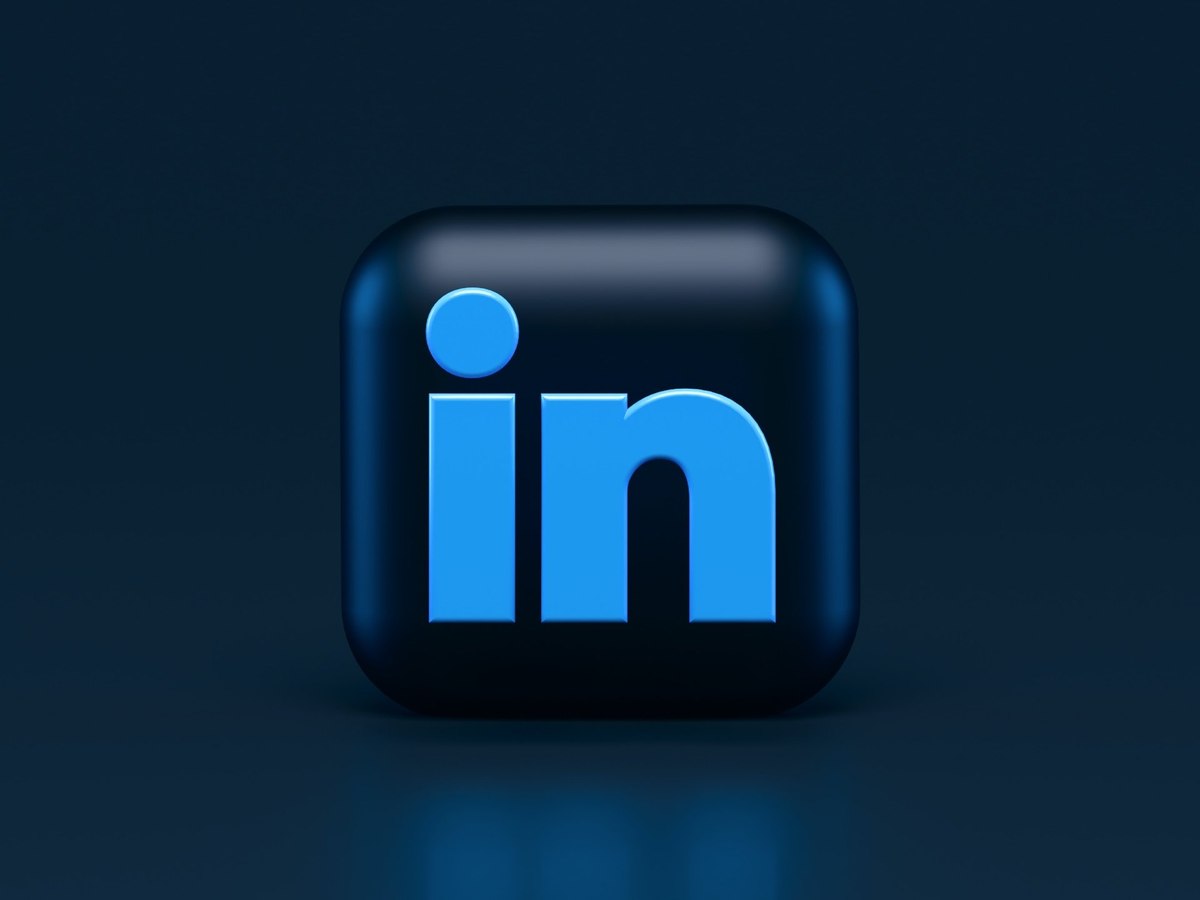
Understanding LinkedIn users in the US
LinkedIn has changed professional networking and global job search since its launch in 2003 and continues to evolve with recently introduced features including B2B tools like generative AI ad copy features and in-stream video ads. But now as a mature company and platform, who exactly is using LinkedIn?
YouGov Profiles data can give us a better idea of who the company’s current customers are, what its customers use the site for, and how they react to the effects of advertisement on social media.
Who are LinkedIn customers?
As a business and employment-focused social media platform, the younger generation is perhaps yet to find relevant use of LinkedIn, and fewer than one in ten Gen Z-ers (7%) currently use the site. However, the largest segment of current customers are Millennials, who represent a third of users (33%), followed by Gen X-ers who represent just under a third (30%)
Looking at their living and working situations, around two-fifths of LinkedIn users live in the suburbs (41%), while around a third live in the city (35%). LinkedIn’s customers also tend to be those working full time (54%). Around one in seven users are retired (14%), while 12% work part time.
Among those Americans who are employed and currently use LinkedIn, around one in nine work in the IT & telecoms industry (11%) and another 11% work in education. Fewer than one in 20 work in the media and advertising industry (4%) and hospitality and leisure (3%).
Why do Americans use LinkedIn?
It’s no surprise that LinkedIn users primarily use the platform to apply for jobs (62%). However, over half of users also log in to build their network with people (57%), while a third like to use the platform to follow interesting people or industry experts (32%).
LinkedIn is not as popular a platform to keep in touch with friends, but 21% of customers still use it for that purpose. Keeping up to date with news (16%), sharing things they find interesting (13%), sharing opinions (12%) and things they are doing (9%) are some of the other reasons consumers use LinkedIn.
The vast majority of users log in to LinkedIn using their mobile phones (84%) - something to bear in mind when posting for marketing purpose – while nearly half use laptops (48%).
Which other social media platforms do LinkedIn customers use?
Data from YouGov Profiles reveals that LinkedIn users are more likely than the general American public to use other social media platforms.
While Facebook remains a popular platform among LinkedIn customers (83%), there is a significant over-indexing when it comes to the proportion of consumers who use Instagram (64%) and Twitter (54%) when compared to all US adults (51% and 40% respectively).
Even platforms like YouTube (62% vs 56%), Pinterest (36% vs 30%) and Reddit (26% vs 17%) register a higher share of LinkedIn users than other Americans.
TikTok is the only platform that all US adults (32%) are slightly more likely to use than LinkedIn members (31%).
What LinkedIn users feel about advertising especially on social networking sites
Around 60% of LinkedIn users agree that companies and their brands should be able to express how they feel on a topic.
LinkedIn users are slightly more likely than overall Americans to notice advertisements on the internet (64% vs. 62%). However, they are less likely to engage with advertisements on social media than regular sites (34% vs. 38%) and advertisements that are tailored to them (43% vs. 46%).
Around two-fifths of users say they sometimes comment on things they have seen on posters and billboards on social media (39%).
Explore our living data – for free
Discover more health and pharma content here
Want to run your own research? Run a survey now
Make smarter business decisions with better intelligence. Understand exactly what your audience is thinking by leveraging our panel of 20 million+ members. Speak with us today.
Methodology: YouGov Profiles is based on continuously collected data and rolling surveys, rather than from a single limited questionnaire. Profiles data for the United States is nationally representative and weighted by age, gender, education, region, and race. Learn more about Profiles.
Photo by Alexander Shatov on Unsplash